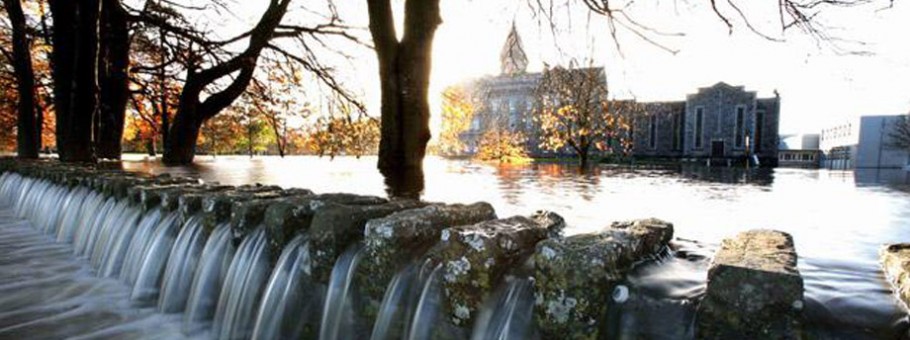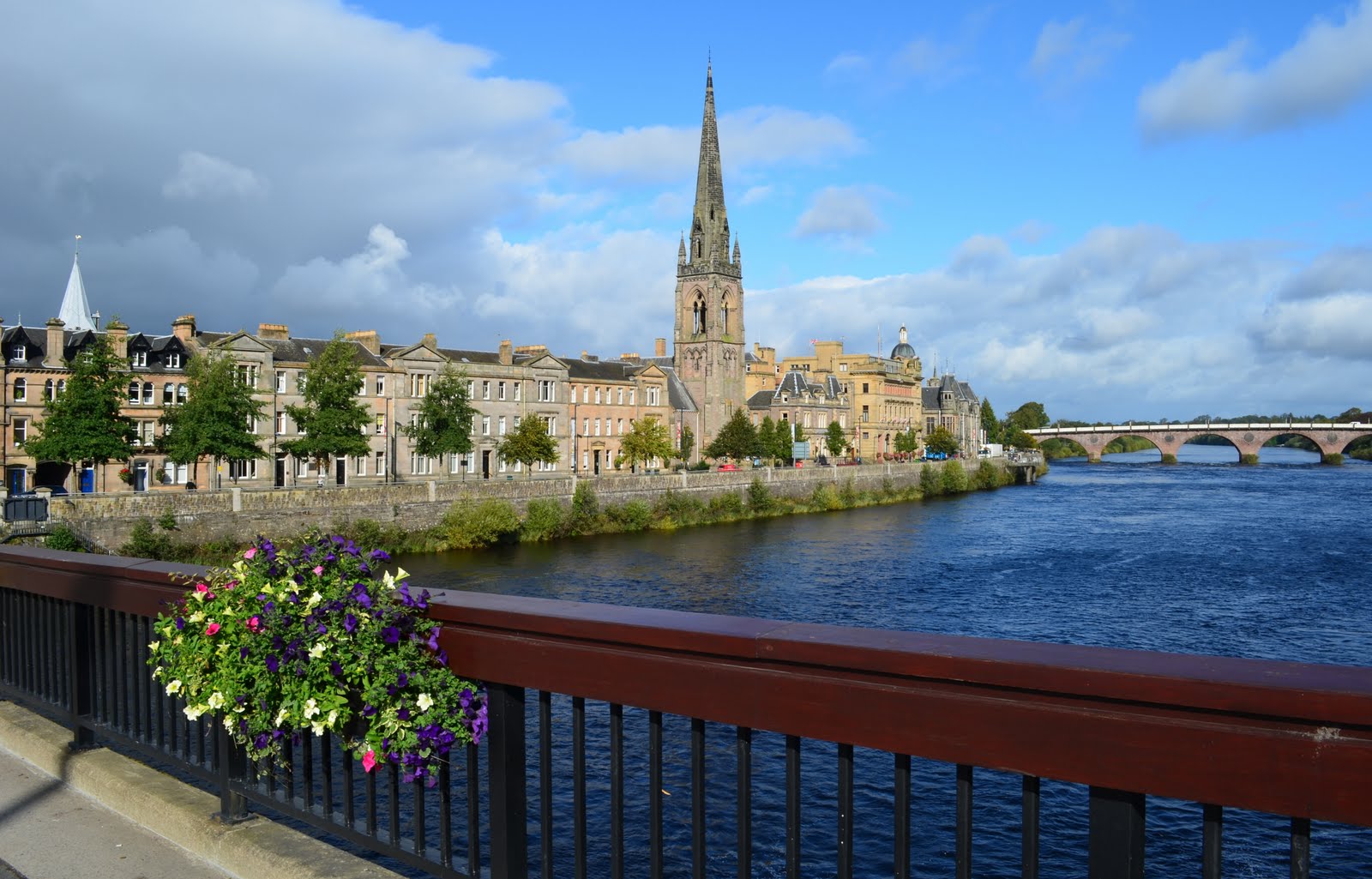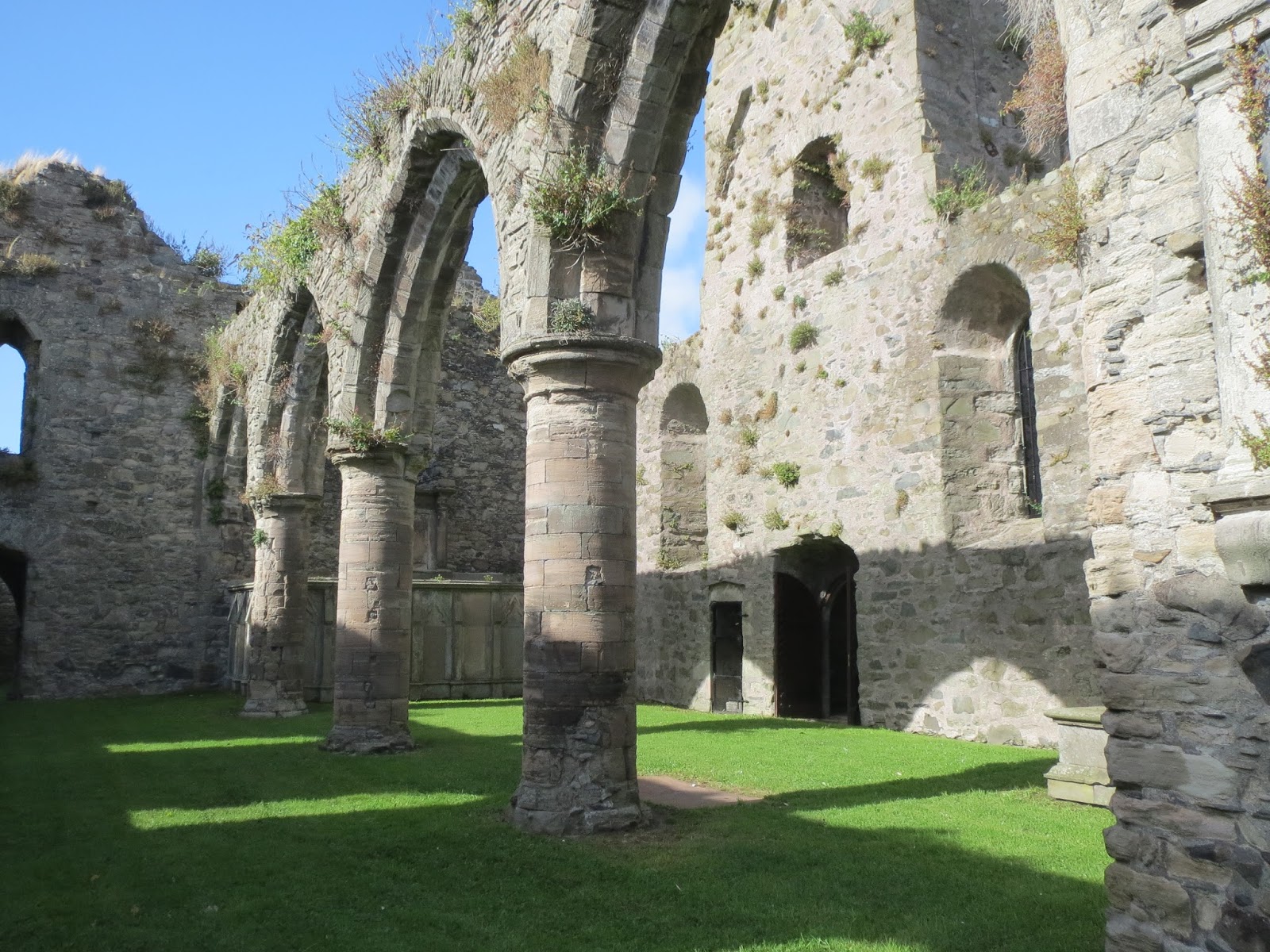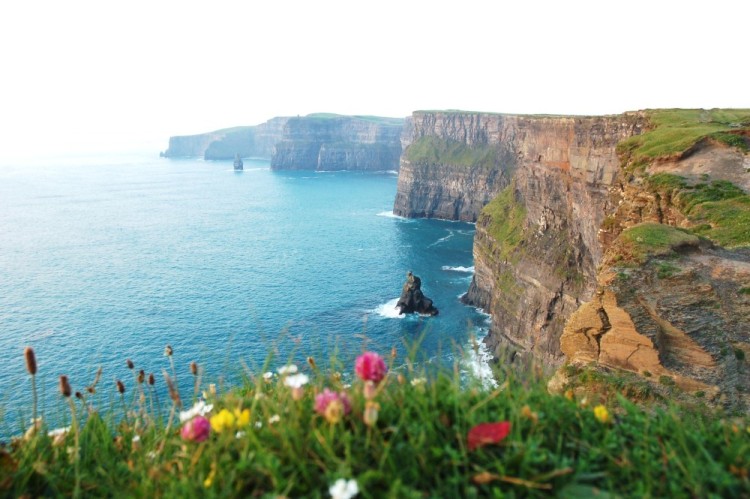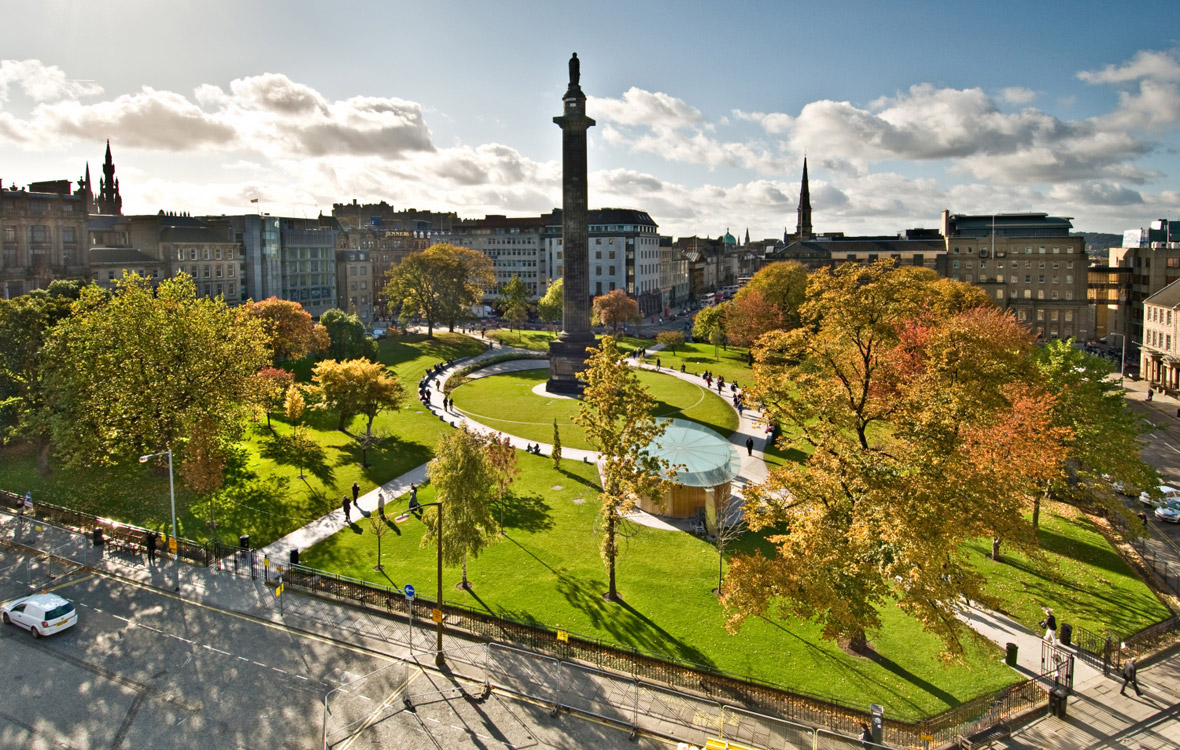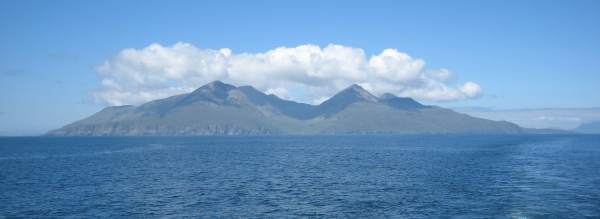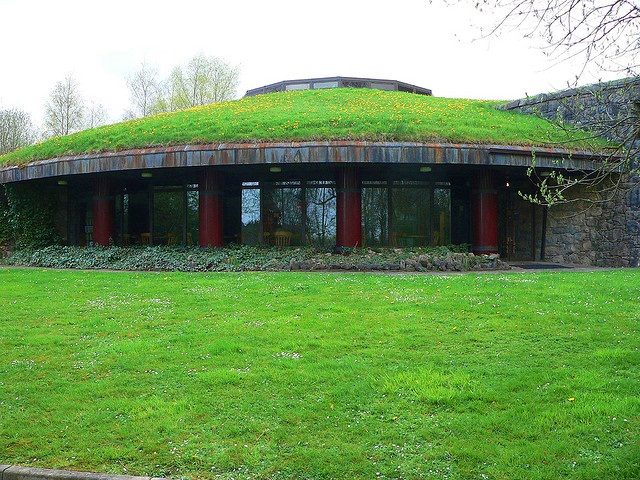Ennis, County Clare
North of the narrow streets of the old town stands the Court House, a Classical building of 1850-52 with original interior finishes. The ruined friary near the centre by the river, was founded by Donough Cairbrearch O’Brien in 1242, and surprised in 1543. An incongruous...


